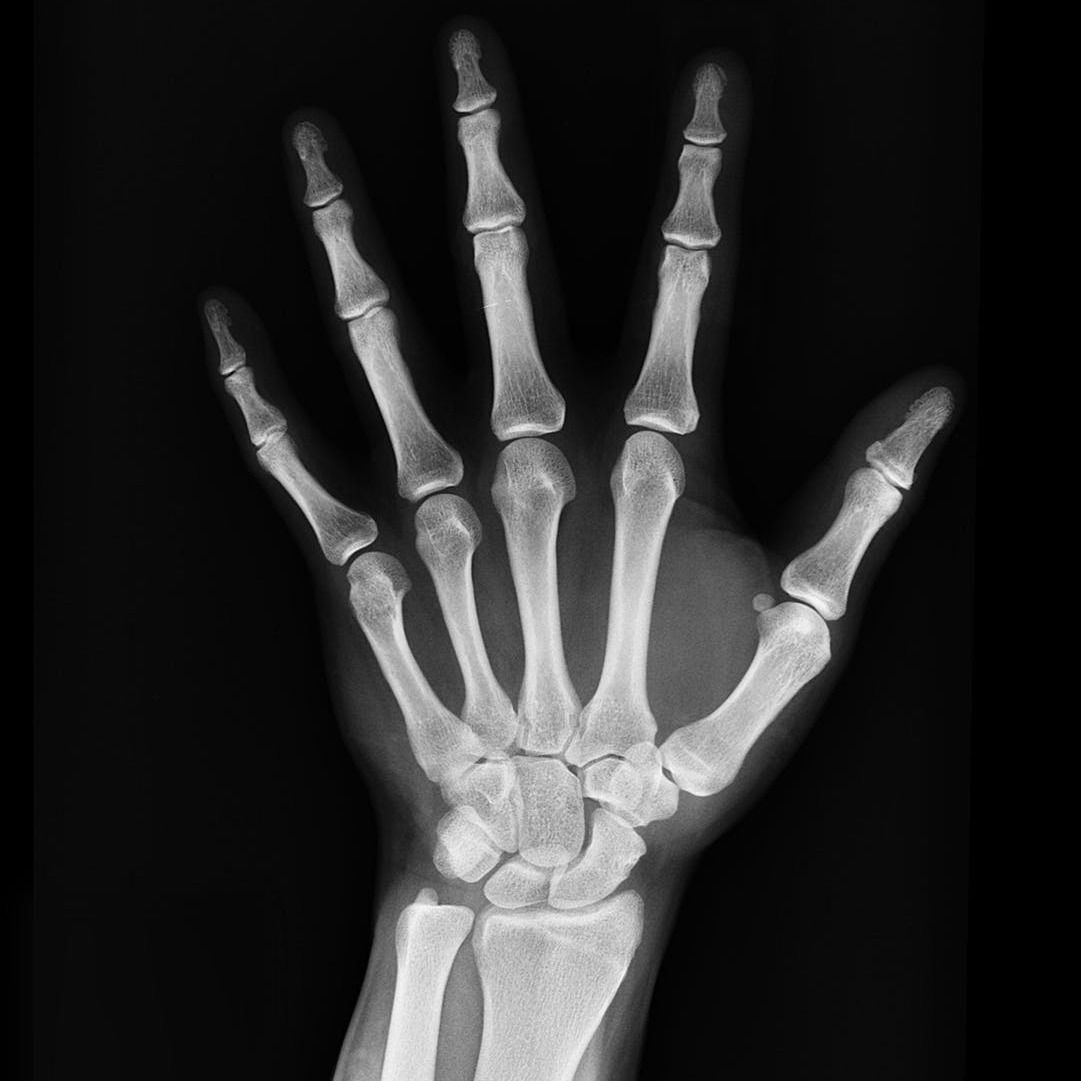Article
Arthritis May Increase Risk for Stroke
Author(s):
A meta-analysis notes that relative risk for stroke was high for rheumatoid arthritis, ankylosing spondylitis, psoriatic arthritis, and gout.

Patients with arthritis may be at a significantly increased risk for stroke, a new study suggested.
This risk may be even higher among younger populations.
Investigators from the Institute of Neuroscience, Kunming Medical University, China, conducted a systematic review and meta-analysis in order to identify and quantify risk of stroke in cohorts of patients with arthritis.
To do this, they used both Chinese and English databases—such as MEDLINE, EMBASE, Cochrane Library, China National Knowledge Infrastructure (CNKI), Weipu, etc. — to search for relevant studies through April 30, 2020.
“Over the past few decades, many epidemiological studies have evaluated the association between arthritis and stroke risk; however, the results have been inconsistent,” the investigators noted.
Arthritis and Stroke
Following their screening process, the investigators included a total of 32 articles, all of which were cohort studies that clearly defined various kinds of arthritis (rheumatoid, psoriatic, etc.) as the exposure and stroke as the outcome.
Across all 32 articles included, 52 independent cohort studies, some of which were sub-cohort analyses, were evaluated.
All studies reported the relative risk and its corresponding 95% confidence interval—or made such data available for calculations.
According to the final meta-analysis, 31 of the 52 studies reported an increased risk of stroke in patients with arthritis.
“The combined results showed that the stroke risk in arthritis was significantly increased in studies adjusting for age and sex only (Relative risk [RR], 1.36; 95% CI, 1.27–1.46) and for at least one traditional risk factor (RR = 1.40; 95% CI, 1.28–1.54),” they wrote.
The subcohort analyses revealed that, following adjustment of age and sex, stroke risk was significantly high in rheumatoid arthritis (RR, 1.38; 95% CI, 1.29-1.48), ankylosing spondylitis (RR, 1.49; 95% CI, 1.25-1.77), psoriatic arthritis (RR, 1.33; 95% CI, 1.22-1.45), and gout (RR, 1.40; 95% CI, 1.13-.173).
However, this was not the case for osteoarthritis (RR, 1.03; 95% CI, 0.91-1.16).
As for stroke type, the investigators reported that risk was increased for both ischemic (RR, 1.53; 95% CI, 1.32-1.78) and hemorrhagic (RR, 1.45; 95% CI, 1.15-1.84).
Stroke risk was notably similar between sex, higher among those <45 years of age (RR, 1.46; 95% CI, 1.17-1.82), and lower for those ≥65 years (RR, 1.17; 95% CI, 1.08-1.26).
Risk was similar in Asia and Europe but slightly higher in North America (RR, 1.28; 95% CI, 1.06-1.55).
Conclusions
“Our review suggested that individuals with arthritis had a 36% higher risk of developing stroke than the general population,” the investigators concluded. They hypothesized that arthritis might be an independent risk for stroke considering younger populations generally exhibit fewer traditional risk factors — although, simple causality cannot be inferred.
The team acknowledged the high degree of heterogeneity among the studies, and they thus used a random-effects model to explain variability across them.
Many of the studies lacked information on stroke subtypes, did not perform age stratification, or did not adjust for traditional risk factors. As such, the investigators noted, future large-scale cohort studies should account for these gaps.
These findings also suggested a need to continue research aimed at identifying improved treatments for different types of arthritis.
The study, “Stroke risk in arthritis: A systematic review and meta-analysis of cohort studies,” was published online in Plos One.





